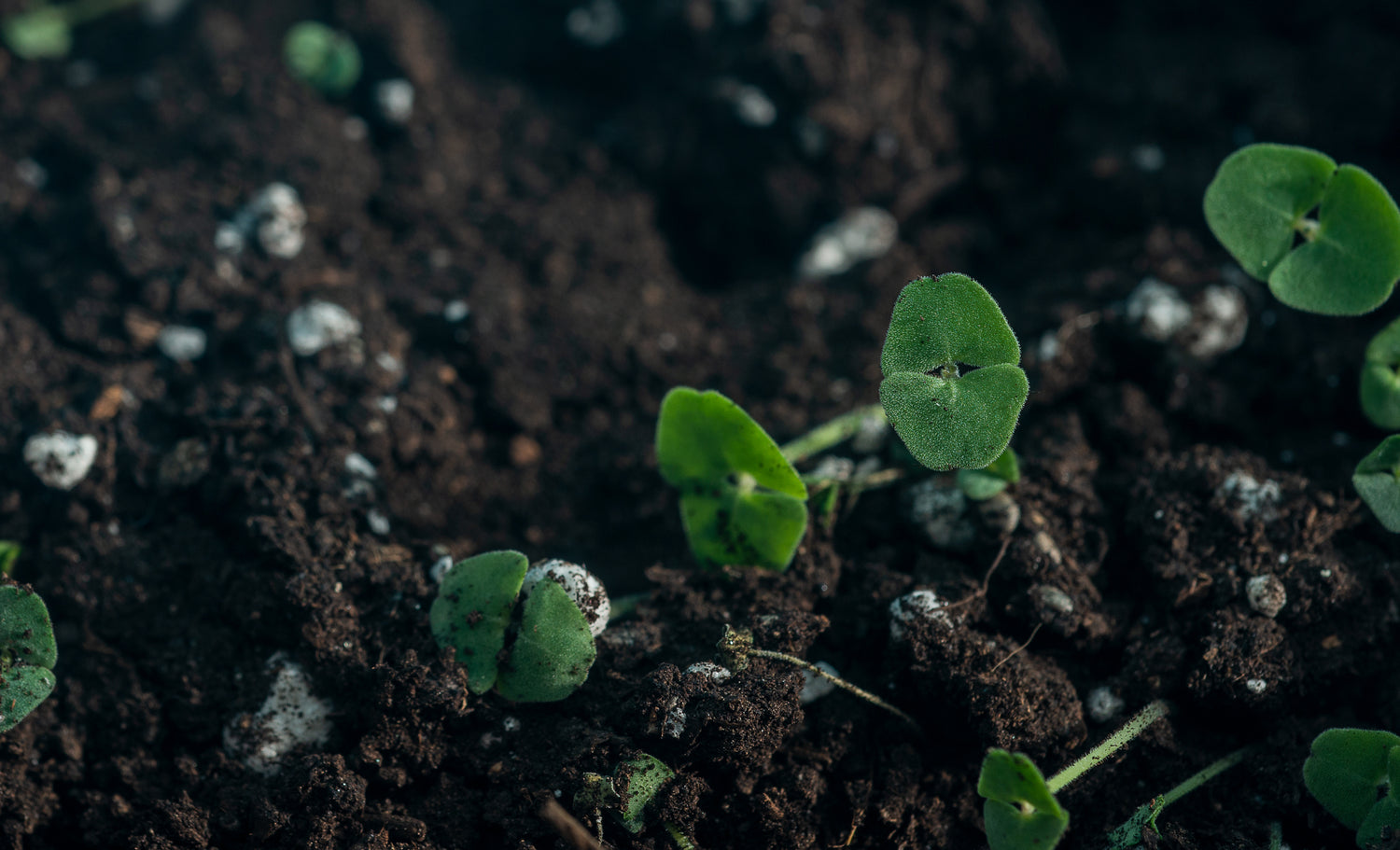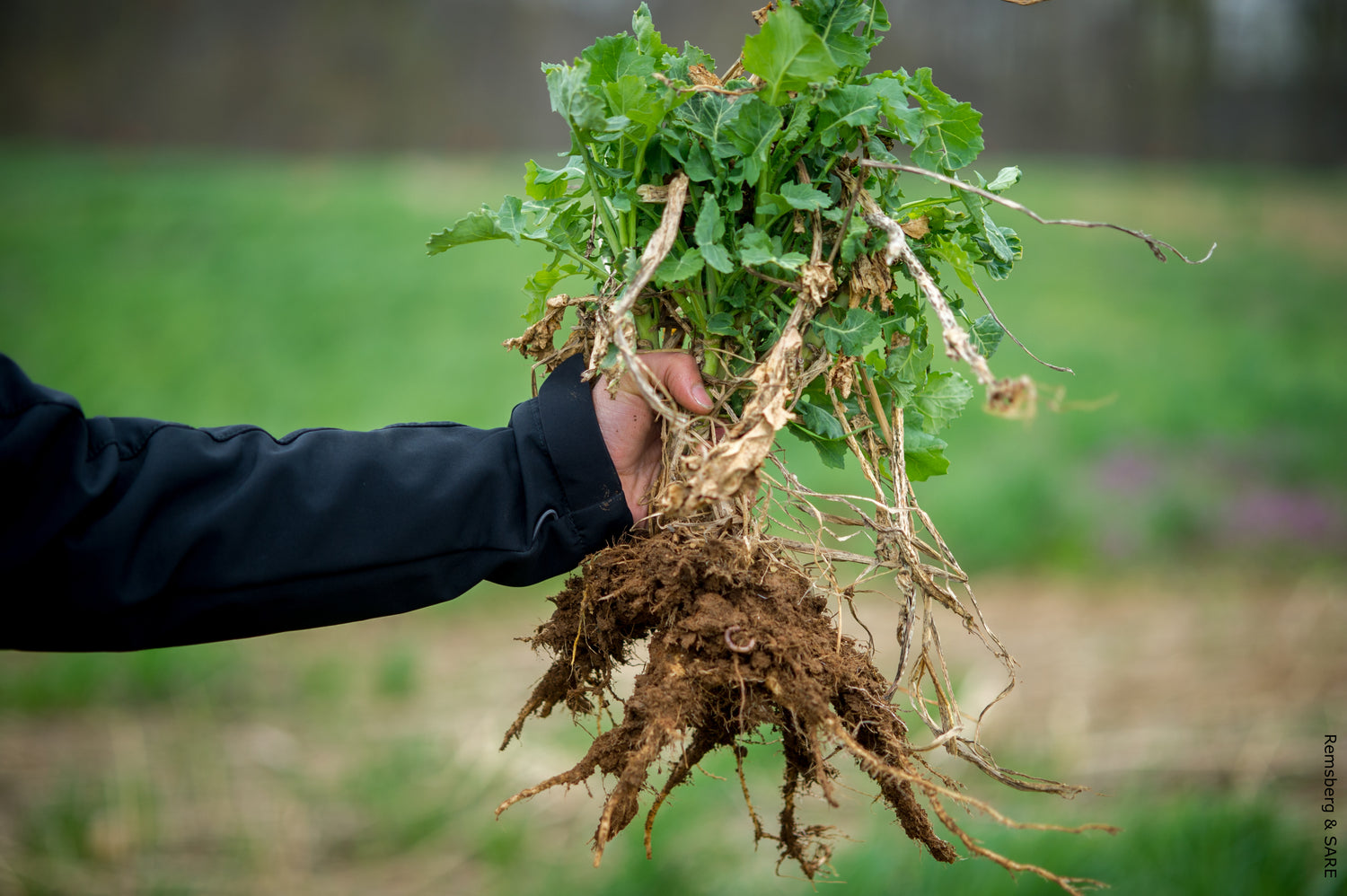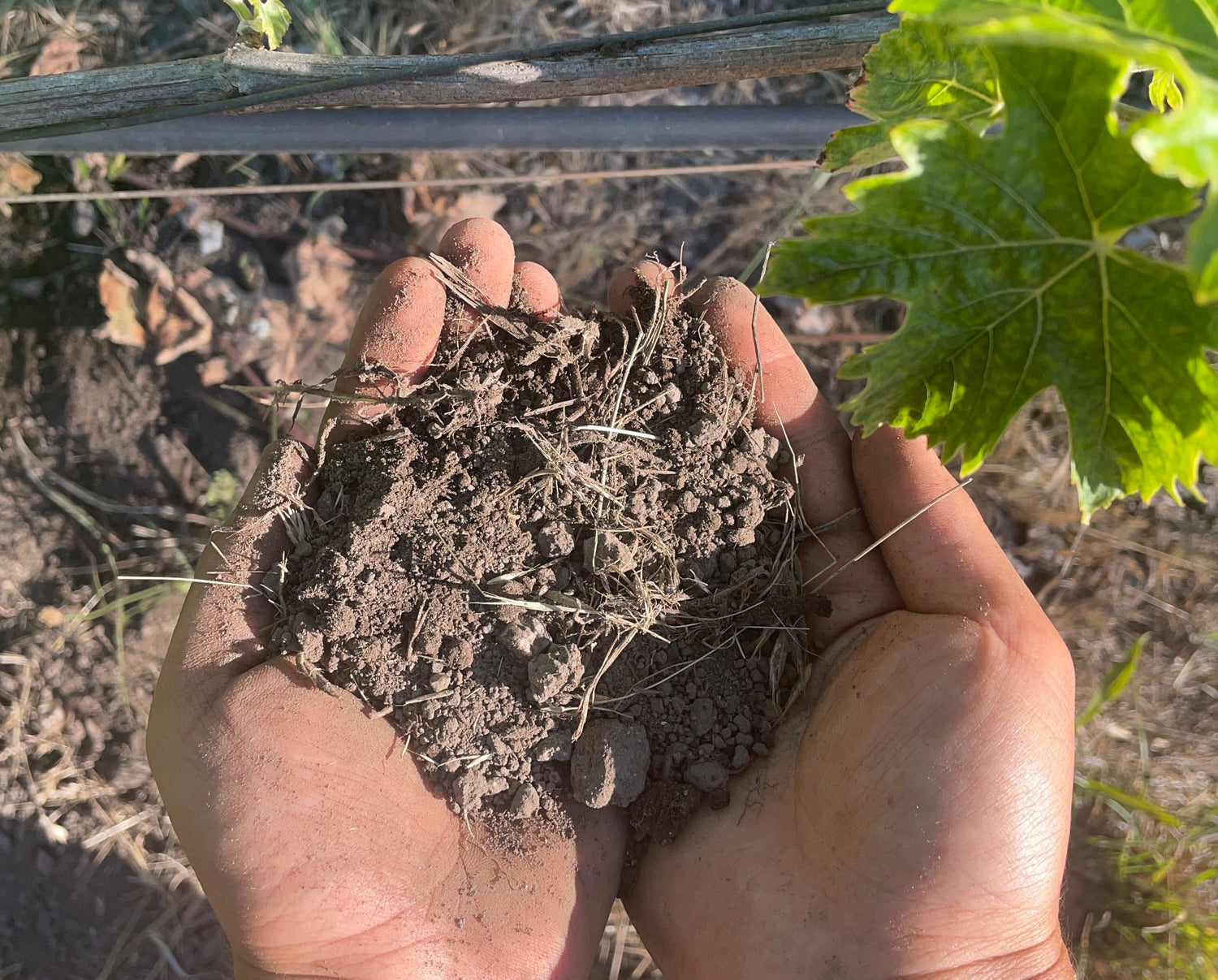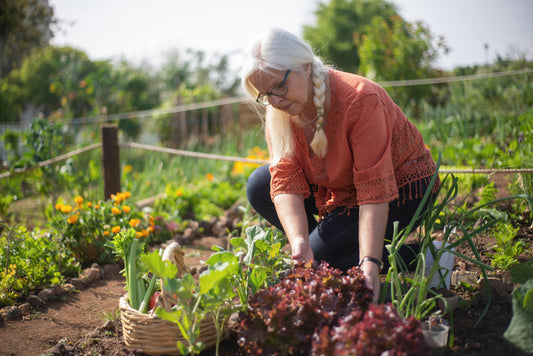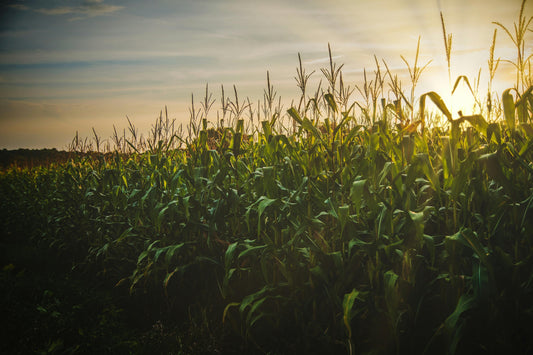California’s diverse climate and topography, from fertile valleys to arid deserts, create a rich array of soils that drive its agricultural success. Soil types like alluvial, clay, loam, sandy, volcanic, chernozem, and saline/alkaline each have distinct properties affecting plant growth, crop yield, and landscaping. Soil testing is a vital tool for understanding these soils, guiding sustainable management practices. This article explores soil testing in California, detailing soil characteristics, testing benefits, and sustainable strategies for farmers, gardeners, and land managers.
Why Soil Testing Matters in California
Soil testing assesses nutrient levels, pH, texture, and organic matter, providing essential data to optimize agriculture, gardening, and landscaping. California’s varied soils require tailored management to maximize productivity and sustainability. Testing helps identify nutrient deficiencies, pH imbalances, or structural issues, enabling precise fertilization and amendment strategies that enhance soil health and reduce environmental impact, as supported by resources from the University of California Agriculture and Natural Resources.
Soil Types and Their Characteristics
Alluvial Soils: Found in river valleys and deltas, these well-drained, mineral-rich soils have high fertility (organic matter 3–5%) and neutral pH (6.5–7.5), ideal for crops like grapes and vegetables, per USDA NRCS data.
Clay Soils: Common in areas with slow drainage, clay soils retain nutrients well (organic matter 2–4%) but compact easily, with slightly acidic to neutral pH (6.0–7.0), requiring careful management for crops like rice.
Loam Soils: A balanced mix of sand, silt, and clay, loam soils offer excellent fertility (organic matter 3–6%) and drainage, with neutral pH (6.5–7.5), supporting diverse crops like almonds and tomatoes, per Journal of Soil Science studies.
Sandy Soils: Prevalent in arid and coastal areas, sandy soils drain well but have low organic matter (1–2%) and fertility, with neutral to slightly alkaline pH (7.0–8.0), suited for crops like carrots.
Volcanic Soils: Formed from ash deposits in Northern California, these mineral-rich soils have high organic matter (4–7%) and slightly acidic pH (5.5–6.5), ideal for wine grapes and berries.
Chernozem Soils: Dark, fertile soils in the Central Valley have high organic matter (5–8%) and neutral pH (6.5–7.5), supporting crops like wheat and citrus, per California Water Boards reports.
Saline/Alkaline Soils: Found in arid regions, these soils have high salt content, low organic matter (1–3%), and alkaline pH (8.0–9.0), requiring salt-tolerant crops like barley.
| Soil Type | Texture | Organic Matter (%) | Main Uses |
|---|---|---|---|
| Alluvial | Silt-loam | 3–5 | Grapes, vegetables |
| Clay | Fine, sticky | 2–4 | Rice, orchards |
| Loam | Balanced | 3–6 | Almonds, tomatoes |
| Sandy | Coarse | 1–2 | Carrots, melons |
| Volcanic | Loamy | 4–7 | Wine grapes, berries |
| Chernozem | Silt-loam | 5–8 | Wheat, citrus |
| Saline/Alkaline | Variable | 1–3 | Barley, salt-tolerant crops |
Benefits of Soil Testing
Soil testing optimizes plant growth and sustainability. For clay soils, testing identifies compaction, recommending gypsum to improve drainage by 15%, per UC ANR guidelines. In sandy soils, it detects nutrient deficiencies, suggesting compost to boost organic matter by 1–2%. For saline soils, testing guides irrigation to reduce salt buildup, improving yields by 10–20%. Testing also prevents over-fertilization, reducing runoff into waterways, supporting ecosystem health, as noted by the California Water Boards.
Interpreting Soil Test Results
Soil tests provide data on:
- pH: Loam soils (6.5–7.5) are optimal, while saline soils (8.0–9.0) may need sulfur to lower pH, and volcanic soils (5.5–6.5) may need lime.
- Nutrients: Nitrogen, phosphorus, and potassium levels guide fertilization. Chernozem soils often have adequate nutrients, while sandy soils may need 50–100 lbs/acre nitrogen.
- Organic Matter: Low in saline soils (1–3%), requiring compost to reach 4–5% for better water retention.
- Texture: Clay soils need amendments to reduce compaction, while sandy soils need organic matter for retention.
Results inform tailored amendments, enhancing soil health and productivity.
Soil Management Strategies
Alluvial Soils: Use cover crops like clover to maintain organic matter (3–5%) and reduce erosion by 30%, per USDA NRCS recommendations.
Clay Soils: Add gypsum (1–2 tons/acre) and organic matter to improve drainage by 15% and aeration, preventing compaction.
Loam Soils: Implement crop rotation and no-till farming to preserve 3–6% organic matter, boosting yields by 10–15%.
Sandy Soils: Apply compost (2–3 tons/acre) to increase organic matter by 1–2%, enhancing water retention by 10%.
Volcanic Soils: Use mulching to maintain 4–7% organic matter, supporting microbial activity and fertility.
Chernozem Soils: Practice reduced tillage to preserve 5–8% organic matter, reducing erosion by 25%.
Saline/Alkaline Soils: Employ deep irrigation to leach salts and plant salt-tolerant crops, improving productivity by 20%, per California Water Boards studies.
| Soil Type | Strategy | Benefit |
|---|---|---|
| Alluvial | Cover crops | 30% less erosion |
| Clay | Gypsum, organic matter | 15% better drainage |
| Loam | No-till, rotation | 10–15% higher yields |
| Sandy | Compost | 10% better retention |
| Volcanic | Mulching | Maintains fertility |
| Chernozem | Reduced tillage | 25% less erosion |
| Saline/Alkaline | Irrigation, tolerant crops | 20% better productivity |
Soil Conservation and Sustainability
California promotes sustainable soil management through practices like cover cropping, reduced tillage, and contour plowing, which enhance soil health and reduce erosion. These efforts support biodiversity and water quality, as emphasized by the USDA NRCS. Community programs and agricultural extension services educate farmers and gardeners, fostering resilient agricultural systems that preserve California’s soil resources.
Frequently Asked Questions
Why are my plants struggling in clay soils?
Clay soils’ compaction and poor drainage can limit root growth. Soil testing identifies nutrient levels and structure issues, recommending amendments like organic matter.
How can I improve fertility in sandy soils?
Sandy soils often lack nutrients. Soil testing reveals deficiencies, suggesting compost or fertilizers to enhance fertility.
Why is my crop yield low in saline soils?
Saline soils’ high salt content can hinder growth. Soil testing assesses salinity, recommending irrigation or salt-tolerant crops.
How can I improve drainage in my garden?
Clay soils may retain excess water. Soil testing evaluates texture, suggesting amendments or raised beds to improve drainage.
What’s causing poor growth in my loam soils?
Loam soils may have nutrient imbalances. Soil testing measures nutrient levels, recommending tailored fertilization or crop rotation.
Conclusion
California’s diverse soils, from fertile alluvial to challenging saline types, are the backbone of its agricultural prosperity. Soil testing provides critical insights into nutrient levels, pH, texture, and organic matter, guiding effective management practices. By adopting sustainable strategies like cover cropping, reduced tillage, and precise fertilization, farmers and gardeners can enhance soil health, boost productivity, and preserve California’s rich agricultural legacy for future generations.
References
University of California Agriculture and Natural Resources. Soil Management Guidelines.
USDA Natural Resources Conservation Service. California Soil Surveys.
Journal of Soil Science. Soil Fertility and Management Practices.
California Water Boards. Soil and Water Conservation Strategies.







